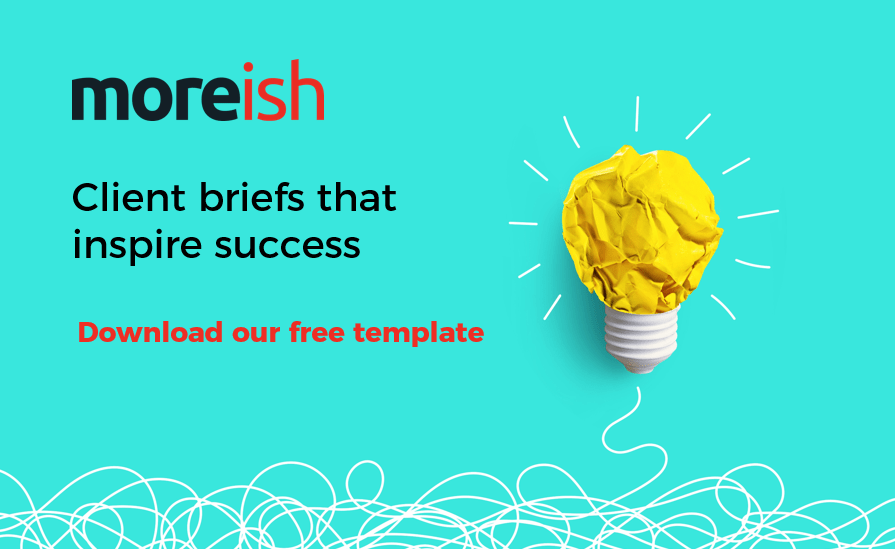It’s time to get into the nitty-gritty and discuss the best way to brief your marketing agency to help achieve the best results!
Is a written brief always necessary?
Nearly all of the time we’d recommend it. We aim to make working with our clients as simple as possible and there are simply times when clients are just too busy to write a brief. And that’s fine, especially if it’s a simple job and you have a longstanding relationship with your agency.
But the more complex and the less connected the agency is with your market and brand, the more important a brief becomes. And too much context is never a bad thing! The more insight and context an agency can get, the better the job they can do. We all know that an agency can come up with the most brilliant creative idea, but if the message doesn’t resonate with the audience, it won’t work.
The benefits of a written brief
Defining what you want to achieve in a written brief helps ensure stakeholder buy-in and gives your agency clear direction on how you want them to contribute. Plus, it gives a clear project starting point for everyone to discuss, challenge and agree, paving the way for both collaboration and avoiding moving of goal posts at a later stage, which can be expensive.
A concrete written brief is something to refer back to at every stage of the development, to keep the project on track and get the best from your investment – it’s the foundation you need to put down before laying your bricks.
Is a verbal briefing always necessary?
Yes. Unless it’s a really straightforward transactional brief, chatting through always gives the opportunities for the intimate nuances of a brief to come out.
And it may even be that the brief can change as a result of the chat. As part of a collaborative and open relationship, a good agency should always dig into or challenge elements of the brief, especially if they think there are better ways of achieving the brief’s objective – be that be digging into the insight, or refining the message or the media.
What does a good agency brief look like?
Briefs are called briefs because they’re meant to be brief… so no flagrant copy and pasting please 
The crucial thing is to ask yourself: what does an agency need to know to do a good job? Considering the bigger picture can help you write a better brief and think about the best direction.
Let’s break it down a bit.
Imagine you’re standing on the bank of a river. And you need to build a bridge to get to the other side. The two most important questions that you need to answer are:
- Where am I now?
- Where do I need to get to?
But you don’t need to build the bridge – that’s the agency’s job.
You could definitely give the agency ideas on how you want the bridge to look, what vehicles are going to be using it, what size boats need to be able to travel underneath it or how long it needs to be – or in other words, give your agency context! But you wouldn’t necessarily tell them how to build the bridge – that’s their expertise.
To help you understand the elements of a good brief, we’ve developed a useful Moreish client briefing template you can download and use for free. Hopefully it proves helpful for you and your agency!
It covers objectives, timings, budget, creative requirements, market and consumer insight, and guidelines – feel free to use or add any or all of the sections to enhance your current internal written brief template!
A few final tips…
- Why not chat to your agency before finalising the brief? The magic of collaboration could add that extra sparkle you’ve previously been missing out on
- The more specific you can be with your objectives or measures of success the better – giving everyone a clear objective to aim for
- Always focus on the customer. Think about how they think, what they want or need and how your product or brand can help them. And how can you support that with service, product features and reasons to believe
- It’s okay to challenge the way things have always been done! It adds value and creates room for improvement, or maybe even something revolutionary
Do you have a current briefing process or template that works well for you that you’d be happy to share?
And if you download the template please do let us know if you find it helpful or if there is anything important you think we’re missing.

